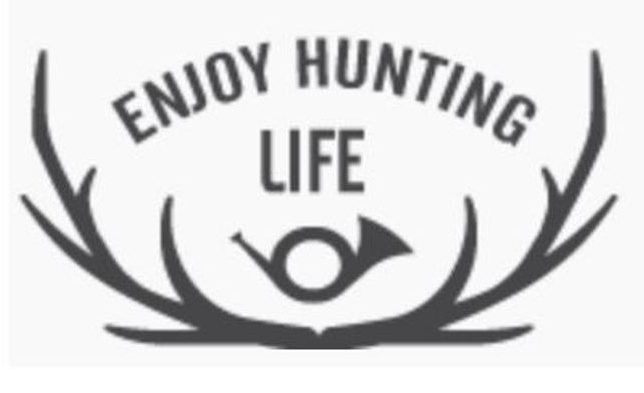For new hunters just getting started with pursuing deer
The amount of knowledge required can feel overwhelming. Important topics range from learning deer behaviour to scouting habitats, setting up stands, proper shot placement, and field dressing your harvest.
Understanding Deer Behaviour
The first step to becoming a successful deer hunter is understanding the deer you’re pursuing. Here’s an overview of key deer behaviours to know:
Feeding Patterns
Deer tend to feed most actively in the early morning before bedding down at midday. They get up to feed again intermittently in late afternoon until after dark. Place stands downwind of food sources at these times.
Habitats
Deer rely on forests, marshlands, fields, and transition zones in between areas that meet their needs for feeding, bedding, shelter, mating, and rearing young. Scout habitats firsthand to pattern local deer movements.
Sense of Smell
A deer’s sense of smell is their primary defence against hunters. Always hunt into the wind, use scent masking tactics, and cover scents to avoid being detected.
Breeding Season
During the rut in autumn, when deer mate, buck patterns and behaviour will change, making them more active and aggressive. Use rattling techniques and scents to your advantage during rut season.
Scouting for Deer Signs
Scouting your hunting area ahead of time is crucial for determining where to ultimately set up stands with the best chance of deer encounters on opening day. Here’s what to look for while scouting:
Tracks and Trails
Regularly used deer trails will appear beaten down and contain tracks. Both indicate traffic patterns for traveling and feeding.
Droppings and Rubs
Fresh droppings signal deer recently passed through, while rubs on trees and scrapes on the ground demonstrate territorial marking.
Feeding Signs
Look for bare patches on the brush and acorns or other mast lying on the ground, confirming active food sources.
Bedding Areas
Areas with matted-down vegetation or crop depressions show where deer sleep. It is useful to identify, but avoid spooking.
Choosing Stand Placement
Using knowledge from scouting and observing local deer habits, the two most important factors for your deer stand placement are elevation and wind direction.
Elevation
The highest safe vantage point possible allows you to see further landmarks that deer use. It also keeps your scent from easily reaching deer below.
Wind Direction
Deer stand placement must account for the predominant wind direction during times you hunt so it blows your scent safely away from areas where deer travel. Having adjustable stand locations for shifting wind is best.
Effective Shot Placement
Before the hunt, practice extensively at the shooting range with your firearm, crossbow, or bow. When deer present a shot opportunity, these rules ensure a clean, ethical kill:
- Broadside: Behind front shoulder, through vitals
- Quartering Away: Midway up from back leg into vitals
- Head On: Centre just above eyes angling towards vitals
Pass on any shots with the risk of only wounding the deer. Stay calm and focused on proper shot placement.
Field Dressing Deer
After successfully harvesting a deer, proper field dressing is important for both meat care and hunter safety when butchering an animal. Follow these steps:
- Tag Deer: Attach your name and permit number immediately.
- Hang Deer: String up deer upside down, about 5 feet high, to aid bleeding.
- Protect yourself: Wear rubber gloves and eye protection when dressing deer.
- Cut Hide: Starting at the sternum, cut down the belly through the hide but not the organs.
- Remove Entrails: Cut around the anus and reproductive organs. Be careful not to cut organs. Pull downward out of the cavity.
- Drain Blood: Allow deer to completely bleed out before moving.
- Transport Deer: Get the dressed deer cooled down to the proper temperature as quickly as possible.
Proper field dressing preserves the majority of meat for later processing and consumption. Never waste anything from a harvest.
That covers most of the deer hunting basics needed to get started. Always review local regulations thoroughly as well. Deer hunting is an extremely rewarding tradition and a puttable food source carried on by generations of hunters. Following sound preparation and ethical hunting practices ensures that you’ll carry on that proud tradition. Good luck on your first deer hunt! Enjoy Hunting Life.















